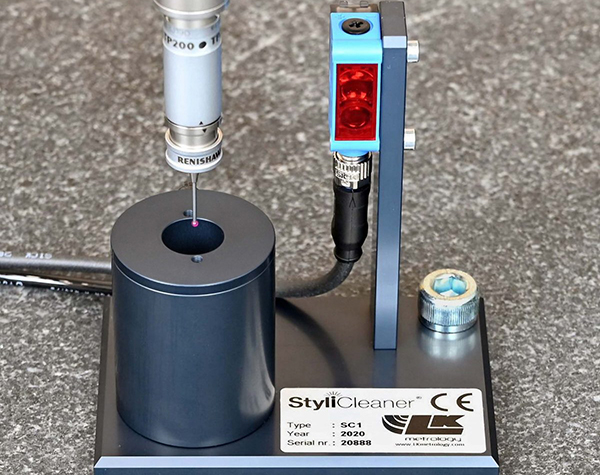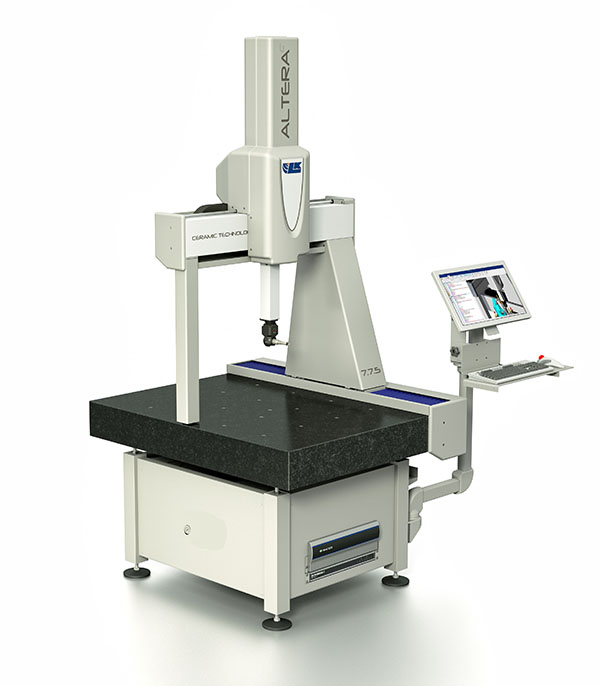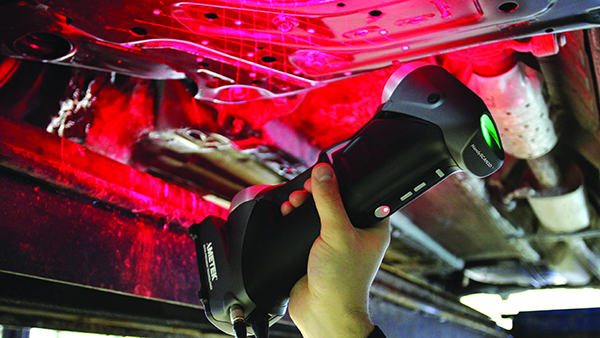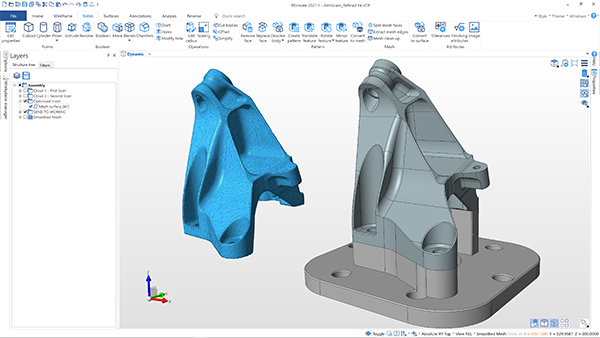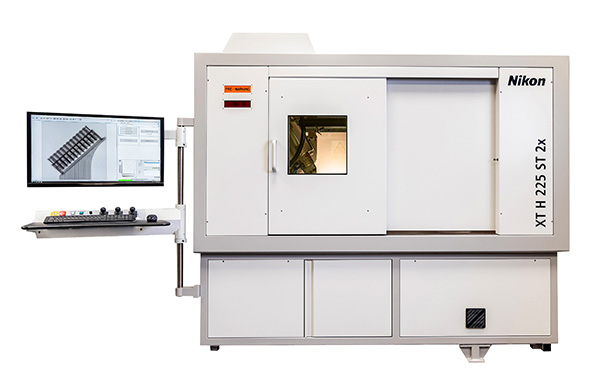
After detailed research into the effects of stylus-tip contamination when using a CMM, Dr Simon Lawes, Manufacturing Metrology Team at the University of Nottingham, said: “A stylus tip contaminated with tiny particles can lead to measurement errors 10 times greater than expected.” The problem in inspection rooms and on the shop floor is that stylus cleaning is a tedious and time-consuming job that reduces the amount of time the CMM is available for measuring.
To alleviate the problem, UK-based CMM manufacturer LK Metrology has introduced an automated stylus-tip cleaning system, LK StyliCleaner. It takes just 30 seconds to remove debris from a stylus tip, eliminating the tendency to delay cleaning and reducing the risk of taking inaccurate measurements.
LK says that the cleaning system is an inexpensive solution and works with all brands of CMM and software. No software integration is needed, just a simple part program for controlling the cycle. For LK CAMIO customers, the StyliCleaner is bundled with free-of-charge part programs for automated stylus-tip cleaning.
Controlled by the CMM’s axis movements, the automated cleansing cycle activates when a dirty stylus is programmed to move in front of the StyliCleaner motion sensor.
LK’s compact StyliCleaner, which has a 70 x 100 mm footprint, is available in two sizes, StyliCleaner8 and StyliCleaner16, to decontaminate styli from 0 to 8 mm, and from 6 to 16 mm in diameter. The separate control unit may sit on the CMM table or, if space is limited, can attach to the CMM stand via an optional mounting plate.
For further information
www.lkmetrology.com






